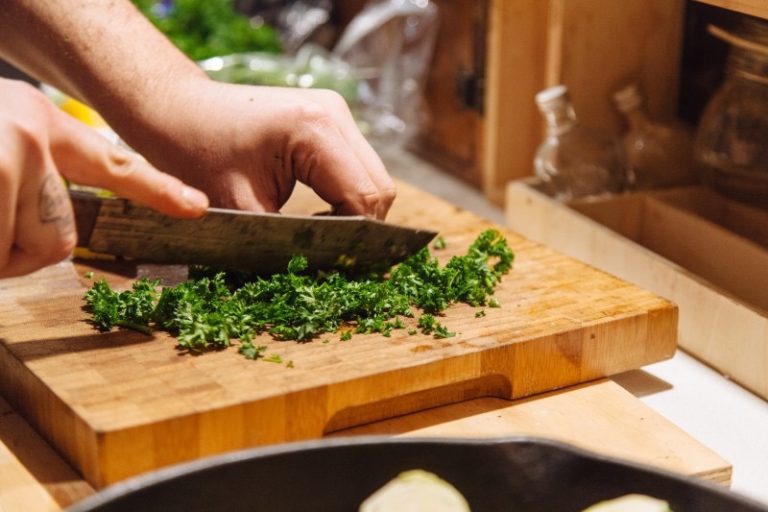
My alarm goes off, quietly at first, and then a little louder. I turn it off, and then start my daily practice. What do I hear? I listen. I hear the birds chirping, the dog snoring quietly, the sound of my spouse making coffee downstairs. What do I feel? I notice the cool breeze from my fan, the softness of my blanket, and the comfort of my bed. What do I see? I slowly open one eye to appreciate the soft, dappled light through my window and the blue sky on the other side. What do I smell? The scent of my laundry detergent still lingers on my pillowcase. What am I grateful for? I am grateful for this day, for my life, for meaningful work, for my family. I take 4 deep breaths and I get out of bed. Thus ends my meditation for the day.
This is a small part of my day, but it makes a big difference. It centers me; it helps me remember the good things. Am I able to do it every day? No. There are days that I am rushed, or that I feel too tired. Or days that I hit the snooze button – more than once. But I do my mindfulness wake-up most days.
The majority of my mindfulness practice comes from the small, unplanned moments where I notice the beauty in world around me. I love to hear my children laugh and play with their friends, or feel the sunshine on my face when I walk my dog, Buddy. I love to notice the clouds in the sky out my window at work, or the taste of the fruit in my lunch or the sweetness of my afternoon tea.
I do not have an intensive, formal meditation practice. And I am ok with it. I am where I am in my practice. I recently read a social media post where a person reported feeling guilt about not having a mindfulness practice. She reported that she knew it was good for her, and that it would help her, but felt that it was too hard for her to sit still and quiet her mind. It seemed that she thought that mindfulness was a definite one-size-fit-all practice, maybe with a mat and a quiet room. The good news is that mindfulness is whatever we need it to be. It could be like what I just described, or it could be something else. Something better for you.

Formal mindfulness meditation is a great aspirational goal. It is comparable to working out regularly, or eating lots of vegetables. Most of us can do these things for periods of time, but many people struggle to do them regularly. And it is ok. We are human, after all. Mindfulness does not require perfection or rigidity. Mindfulness is about recognizing our humanity and the beauty of the world.
But, if you do not have a formal mediation practice, do not throw mindfulness out of your life. Let go of the guilt. Instead of telling yourself, “I’m so bad because I can’t do this,” tell yourself something like, “I am going to do what I can when I can.” Rather than give up because it is too hard, find small ways to increase gratitude and the moments where you notice the good around you. You could also try taking four deep breaths and just noticing yourself and the world around you. Mindfulness doesn’t have to be a grand gesture to make a difference. The small steps add up, and eventually, maybe you will have a regular, more intense practice. But, if you struggle, stay small. That is where you are, and that is ok. A little mindfulness is better than no mindfulness.

If it is hard to sit still, that is more than ok! Incorporate some movement, like yoga or walking. You could even use mindfulness while riding your bike, chopping your veggies, cooking, or shampooing your hair. My favorite bike rides are the ones where I listen to the crickets, notice the green foliage, and smell the fresh clean air. There are plenty of times in our lives to breathe, and notice the world around us. Furthermore, recent research has found that mindfulness can be a helpful treatment for people who struggle with focus and restlessness, and that mindfulness skills improve over time and with practice. The other suggestion that I would offer is to integrate mindfulness into things that you do every day, like waking up. It could be that you sit in your car for an extra 5 minutes when you come home from work or taking the kids to school. You could use mindfulness while you wash the dishes or prepare for bed. Think of these efforts as building blocks. If you do them, and add them up, they add up to something life-changing and magnificent. These mindfulness efforts lead you to yourself. One little step at a time.
![]()
